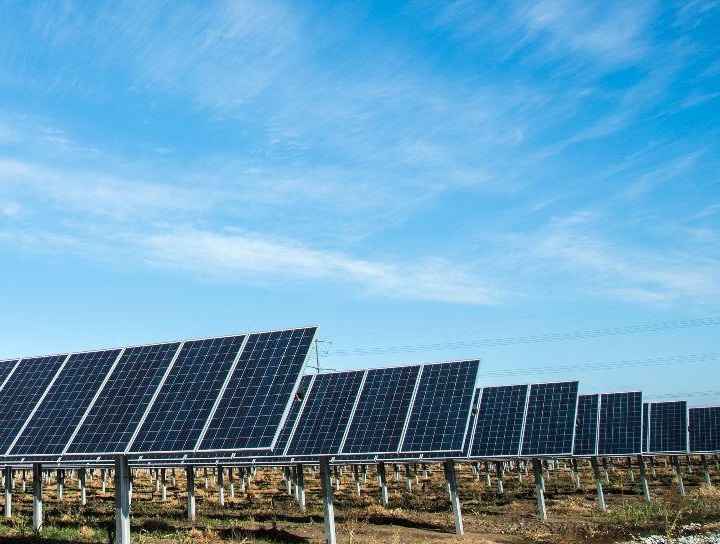March 8 marked the one-year anniversary of the signing of Canada’s newest free trade agreement: the Comprehensive and Progressive Agreement for Trans-Pacific Partnership (CPTPP)—that eliminates most tariffs across all sectors. But it took several months to implement, and by October 2018, only six—Canada, Australia, Japan, Mexico, New Zealand and Singapore—of the 11 participating nations had ratified the deal, enabling its implementation on December 30, 2018. Vietnam followed in January 2019, and the remaining signatories—Chile, Malaysia, Peru and Brunei—will fall in line as their governments ink the deal in their parliaments.
Once it’s fully in force, Canada will have access to 495 million consumers. That number may well grow since Colombia, Indonesia, Taiwan, Thailand, South Korea and the United Kingdom have expressed interest in joining.
To help Canadian business people access the agreement, we attended a workshop at Invest Ottawa, given by Christian Sivière, who runs Solimpex, a trade and logistics company based in Montreal, Que. To match the number of countries in the agreement, he shared 11 valuable tips on accessing the CPTPP.
1. Read the agreement
Trade agreements are complicated legal documents. Sivière suggests reading the CPTPP on the New Zealand Foreign Affairs & Trade website. “It’s well laid out and easy to follow,” he says. “Maybe this is because pursuing the agreement was New Zealand’s idea to begin with.”
2. Zero in on the important chapters
The agreement has 30 chapters. For exporters, chapter three is the most important to read because it discusses the all-important rules of origin. If you’re in the textiles business, tackle chapter four. Here’s an overview of all of the applicable chapters for exporters and international investors:
- Chapter 1: Initial provisions and general definitions
- Chapter 2: National treatment and market access for goods
- Chapter 3: Rules of origin and origin procedures
- Chapter 4: Textiles and apparel goods
- Chapter 5: Customs administration and trade facilitation
- Chapter 6: Trade remedies
- Chapter 7: Sanitary and phytosanitary
- Chapter 8: Technical barriers to trade
3. Understand the side agreements
There are 25 side agreements within the CPTPP and it’s important to read up on the ones that involve Canada. For example, Canada has a side agreement with Japan on forest products and another on agriculture and chemicals. Canada and New Zealand have a side agreement on cultural industries, wine and spirits, and geographic indicators and Canada and Australia have side agreements on beef, motor vehicles, and dairy and food processing. Knowing the content of these agreements will help you determine if and how they affect you.
4. Figure out the chapter annexes
You must also familiarize yourself with the annexes to the chapters. There are 59 in total and 33 of them address tariffs, goods, customs duties and tariff rate quotas. Another four cover rules-of-origin issues and there are 11 on visas for temporary entry of business travellers and 11 others on government procurement. Note that for temporary entry of business travellers, each CPTPP country has its own rules. This differs from Canada’s free trade deal with the European Union (the Comprehensive Economic and Trade Agreement or CETA), which has just one rule on the subject.
5. Tariffs come off at different times
Once a country brings the CPTPP into force, most tariffs are eliminated immediately, but there are exceptions. Japan, for example, will see more of its tariffs eliminated on April 1. On other commodities, however, tariff elimination will be phased in. For the countries that still haven’t brought CPTPP into force, tariffs will be eliminated 60 days after they do so. For example, if Malaysia finalized its deal tomorrow, the tariffs would disappear 60 days later.
6. Figure out your rules of origin
As with all trade agreements, the rules of origin are the most important consideration for exporters of goods. Simply put, the rules of origin determine the eligibility of a product for tariff-free status, even though it may have some foreign content. A soybean grown in Canada is clearly a Canadian-made product, but global supply chains can complicate this issue for more complex goods. How much regional value content is in a snowmobile with a frame made in Canada, a motor from Austria, tracks from Finland, a seat from Turkey and hardware from Mexico and Vietnam? As the exporter, you have to figure out how much of the snowmobile has purely Canadian content or content from one of the countries that are party to the CPTPP. In the case of the snowmobile, the Mexican and Vietnamese hardware will count as Canadian because those two countries are part of the agreement.
There’s also a tariff shift that can happen with goods. If you’re importing steel sheets from the United States, but then you’re transforming those sheets into decorative steel buckets, it might qualify as wholly Canadian because you’ve transformed the raw materials into a completely new product.
The rules of origin in the CPTPP generally say your product must have between 30% and 40% regional value content, which is slightly more lenient than the old NAFTA, which remains in place and which usually requires between 50% and 60%. Note, however, that automobiles are in in a field of their own and can be found in Annex 3-D. Textiles, meanwhile, appear in Annex 4-A.
Once you’ve determined whether your product meets the rules of origin, you’ll need to complete the origin certification, which is a document on which you confirm that your product is eligible for preferential CPTPP customs treatment. In most agreements, this is a separate document, but in the CPTPP, you can do it anywhere, including on a commercial invoice, though Sivière doesn’t think it’s a bad idea to keep it separate.
7. Take advantage of advance rulings
If you’re not sure about how the rules of origin apply to your product or want to confirm your HS code (the Harmonized Item Description and Coding System—or HS—is an international standard that classifies traded products) or if you have invented something completely new, you can apply for a ruling from the country to which you want to export. If, for example, you wanted to export something to Australia, you could apply for a ruling from the Australian customs authority on your products’ rules of origin. Once you secure the ruling, it’s valid for three years.
8. See if the ‘de minimis’ rule applies to you
Like most trade agreements, the CPTPP has a de minimis rule, which allows products containing a small percentage of foreign materials to still be eligible for preferential tariff. For the CPTPP, the de minimis rule says that a product with no more than 10% global content can freely enter. This is a little less stringent than NAFTA’s 7% de minimis rule. Note that this rule has exceptions, however, including dairy.
9. Know your record-keeping obligations
Usually, it’s the importer that must retain records, but with the CPTPP, the exporter must do so as well. The agreement says both the exporter and the importer must keep all records that prove their goods meet the CPTPP rules of origin for a minimum of five years.
10. Comply with the direct shipment rule
Although it’s rarely discussed, most trade agreements have this basic customs rule that says to benefit from a specific tariff treatment, your goods have to come directly from the export country. But there’s a loophole and your goods in fact can transit through another country. But if they do, they can’t leave the custody of customs in that country and you must prove that with the relevant customs documents. The same rule applies in CETA.
Bonus tip: Make a plan
Armed with all of these tips, it’s time to come up with a plan. First, figure out which markets are most promising for you. Then, familiarize yourself with the rules of origin for your product, cost out the logistics of getting it to your new markets and consider product adaptation or development of new products that might also benefit from the agreement.






